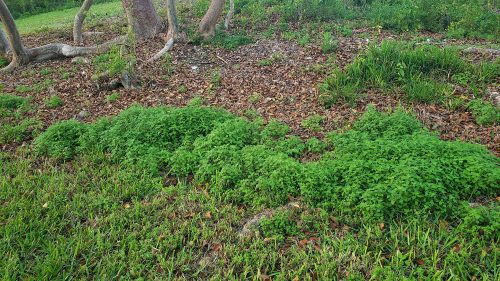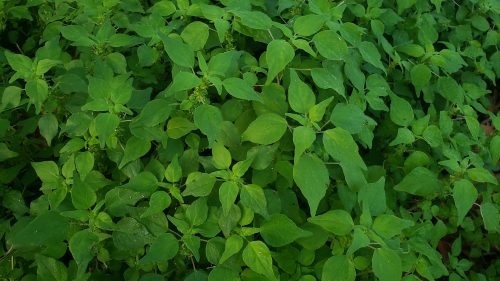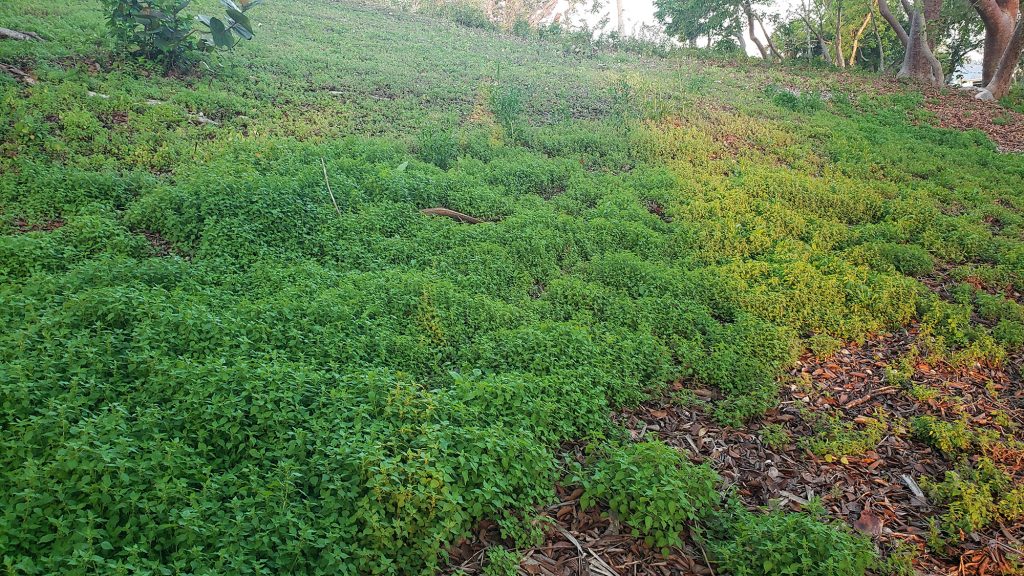
Here in southwest Florida, we know that major hurricanes can upend our daily lives and routines leading to weeks, months, and many times, even years of recovery. Often, we can’t exactly duplicate pre-hurricane conditions. That’s the same for the natural world. Ecologists regard hurricanes as “disturbance events”. These storms can significantly alter ecosystems by causing major changes like tree damage, flooding, and sediment deposition. They can also severely impact the plant and animal life within those ecosystems.
As we saw with Hurricane Ian in 2022, hurricanes often hit the proverbial “reset button” by denuding trees and plants of their leaves and, in some cases, washing away the plants all together. After the storm passes, the remaining plants have to fight to come back. The invasive plants often have an advantage because of their high rate of reproduction, enabling them to outcompete the native plants. So, after Hurricane Ian, we saw a huge growth spurt of the invasive coral vine (Antigonon leptopus), especially on the sides and tops of our shell middens.

After the storm surges of Hurricanes Helene and Milton in the summer of 2024, we once again saw much of the plant life destroyed at the Calusa Heritage Trail. Unlike Ian, these storms were largely water events (not a huge wind event like Ian – yes, Ian also brought storm surge but not as much compared to the 2024 storms). Many plants inundated by storm surge were killed or their growth was significantly stunted.
Two months ago, we started to see a low-growing plant emerge in the areas at the base of our mounds that were denuded of vegetation. To our surprise, and delight, this is a native ground cover! Florida pellitory (Parietaria floridana) is often found in disturbed areas such as cultivated fields, non-crop areas, and roadsides. It serves as a host plant for red admiral butterfly – so we’ll keep an eye out for them as well. This plant prefers shady conditions and does not tolerate hot weather, so we have just a little more time to admire this hurricane surprise!
Currently, this plant is easily seen at the base of Brown’s Mound at the Randell Research Center’s Calusa Heritage Trail. The Calusa Heritage Trail is open from sunrise to sunset, every day.
